Running a low-cost, labour efficient enterprise is the driving force behind lambing a 2000-ewe flock outdoors in Northumberland.
Duncan and Angus Nelless
The Nelless family, of Thistleyhaugh Farm, Morpeth, have been lambing Lleyn ewes at grass since 1997; in 2017 they used Southdown tups for the first time to enable them to lamb ewe lambs outdoors too.
Two Southdown rams were purchased from Worcestershire Lleyn breeder Marcus Bullock and ewe lambs were tupped to lamb in May.
Duncan Nelless, who farms with his parents, Henry and Enid, and brother, Angus, was pleased with their performance.
Successful outdoor lambing
“It was an exceptionally hard winter, but the ewe lambs coped really well with lambing outdoors,’’ he says.
The key to outdoor lambing is to have a breed that can look after itself and can get on with the job without needing too much attention, Duncan suggests.
The Southdown lambs were vigorous with average 100-day weights of 27.2kg. “That is a good weight for a lamb out of a ewe lamb,’’ Duncan admits.
No concentrates are used in the system.
The Nelless family had been tenants of Thistlehaugh for three generations before they took advantage of an opportunity to buy the farm in 1996.
They are farming 550 hectares (1400 acres) of owned and rented land, running from the river Coquet with views to the Cheviot Hills on the Scottish border.
The land ranges in quality from good cultivated ground to Severely Disadvantaged Area land.
Organic management
In a bid to reduce input costs and maximise the value of grass, the family embarked on converting their system to organic in 2005.
They have since operated a strict grassland management programme with emphasis on red and white clover.
In the last two decades, the business has doubled the area farmed and sheep numbers too, moving from a traditional 850-ewe Mule flock to pedigree Lleyns.
In addition to the sheep enterprise, the family also runs a 180-cow suckler herd, contract rears 1800 pigs, produces 7000 free range poultry and runs a farmhouse bed and breakfast business.
Since 2007 the entire sheep flock has been EID tagged and performance recorded with Signet.
EID and good grassland management have been instrumental in reducing lambing assistance, increasing maternal drive and reducing management issues.
The farm progeny tests rams for RamCompare, Signet’s genetic evaluation initiative.
Split flock
The Lleyn flock is split into A and B flocks to accelerate breed development. The A flock – around 75% of ewes - is mated with carefully selected Lleyn rams and while the commercial B flock is put to Signet performance recorded rams including Hampshire Down and Charollais sires.
Maternal traits are the main focus, including eight-week weights and maternal ability.
Tupping gets underway in the middle of October and the rams run with the ewes for six weeks. “We give ewes three weeks with the pure Lleyn ram, then we put in terminal sires for the second cycle,’’ Duncan explains.
The ewes in the RamCompare project lamb from March 25th followed by the main flock on April 16th.
Target weaning age for lambs from the ewe lambs is 85 days, although lambs are sometimes sold straight off their mothers.
“We don’t expect these lambs to move as quickly as the others because they have smaller birthweights,’’ says Duncan.
Lambs are finished on red and white clover leys. The sheep flock follows the cattle in the rotation, so grazing is clean and in a fresh, vegetative growth phase.
A sward stick is used to measure clover and grass leys at least twice a month during the main growing season.
Top growth rates
To ensure there is no growth check from parasites, faecal egg counts are undertaken at least twice in each group, but worming is rarely needed due to the clean grazing policy.
In 2018, the Southdown lambs achieved average daily liveweight gains of 300g/day. Target age for slaughter was 115 days.
Weekly weighing from eight weeks means no lamb is ever kept longer than necessary.
Lambs are first drawn in late June and sold to Stephen Kirkup Livestock to supply Randall Parker and to Dawn Meats at Carnaby, with 88% grading R or higher.
Outsourcing
This year the business has used a different approach to lambing their ewe lambs by outsourcing the job to another farmer. They will lamb on an organic holding in Aberdeenshire.
It is a system that is working well for both parties.
Ewe lambs were weighed before they left Thistleyhaugh and will remain on the other holding for 12 months.
The rearer will retain the lambs and the ewe lambs will be returned to Thistleyhaugh with the Nelless family paying an agreed fee for the total kilogrammes of liveweight gain.
It was a system Duncan saw in operation in New Zealand in 2011. “The rearer doesn’t need to have capital tied up and doesn’t need long term tenancies and the benefit for us is that we get the ewe lambs off the land which means there is more grass for the ewes, so theoretically they are more productive.
“There has to be an element of trust too.’’
As the flock is Maedi Visna accredited and organic, finding a suitable farm was a challenge.
Also, there can be challenges for the host farm, Duncan admits. “It is not an easy job lambing someone else’s 500 ewe lambs.’’
As the ewe lambs were also tupped on this holding he didn’t have the opportunity to use Southdown rams in 2018 but, with one of the rams still on the farm, 47 of the ewes are in lamb to a Southdown.
“We would definitely have used Southdown tups on the ewe lambs again this year, we couldn’t fault their performance,’’ says Duncan.



